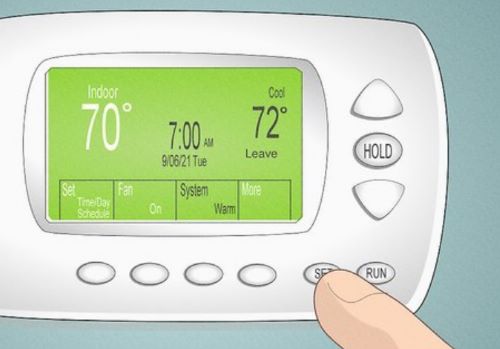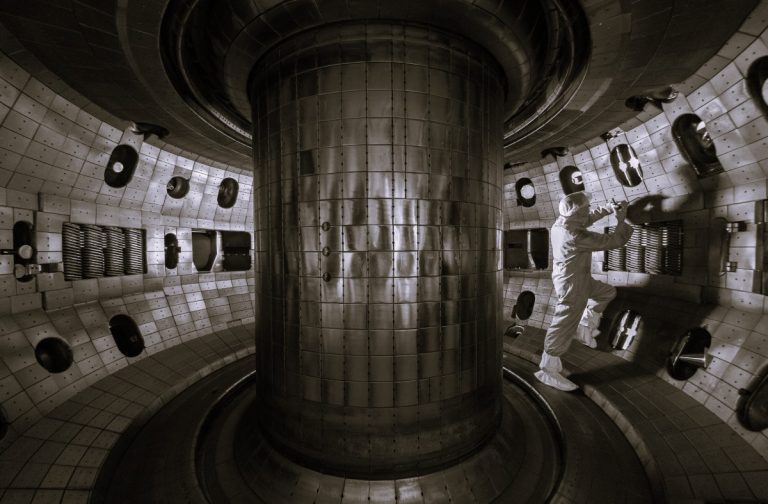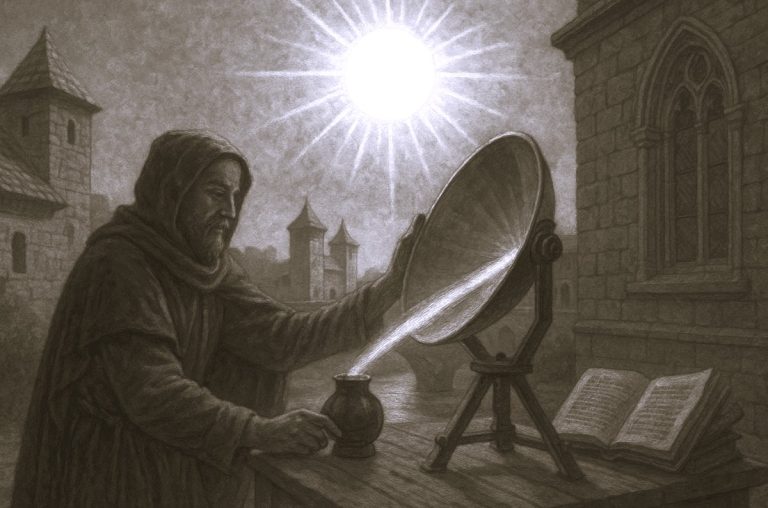

As the chill of winter fades and warmer days creep in, Eastern Pennsylvania homeowners face a familiar challenge: unpredictable spring weather. One day you’re reaching for the thermostat to crank the heat, the next you’re flipping on the AC. With rising energy costs, it’s more important than ever to find a balance between comfort and efficiency. That’s where smart thermostat strategies come into play.
In this guide, we’ll cover how to fine-tune your HVAC habits for spring—without sacrificing comfort or running up your energy bill.
Why Spring Is a Critical Time for HVAC Efficiency
Spring’s fluctuating temperatures can wreak havoc on energy use. Constantly adjusting your system puts unnecessary stress on HVAC components and leads to inconsistent indoor climates. Without a strategy, you might end up heating or cooling your home when you don’t need to—costing you more in the long run.
Implementing a consistent thermostat approach during spring helps:
- Reduce wear and tear on HVAC equipment
- Lower utility bills
- Maintain indoor comfort on volatile weather days
- Prepare your system for the demands of summer
According to ENERGY STAR, using a smart thermostat can significantly improve seasonal efficiency and reduce your carbon footprint.
In addition, spring is often when homeowners begin using both heating and cooling systems interchangeably. This unpredictable use pattern puts more pressure on systems and can drive up costs if thermostat usage isn’t optimized for seasonal transitions.
The Importance of Thermostat Settings in Spring
Your thermostat is the control center of your home’s comfort. But it’s also one of the biggest opportunities to save energy. The key is to adjust your settings based on time of day and outside temperatures.
According to the U.S. Department of Energy, homeowners can save up to 10% annually on heating and cooling by setting the thermostat back 7°–10°F for 8 hours a day from its normal setting.
This means taking advantage of natural warmth during the day and avoiding overcompensation when temperatures dip at night.
Homeowners who work from home may also benefit from zone-based heating and cooling. If you spend most of your time in one or two rooms, consider using dampers or smart vents to minimize energy waste in unused areas of your home.
Energy-Saving Thermostat Strategies for Mild Seasons
If you’re not sure where to start, consider these energy-saving thermostat strategies for mild seasons:
- Daytime (When Home): Set to around 68–70°F to take advantage of mild outdoor temps
- Nighttime or When Away: Drop to 60–65°F to conserve energy while you’re sleeping or out
- Open Windows When You Can: On mild days, let in fresh air instead of relying on HVAC
Programmable or smart thermostats make it easy to automate these changes. Many systems allow for different settings by day of the week and time of day, helping you avoid the rollercoaster of manual adjustments.
Invest in a Smart Thermostat for Even Greater Control
Modern smart thermostats do more than adjust the temperature—they learn your habits, adapt to your schedule, and optimize for efficiency.
Look for features like:
- Remote control via smartphone apps
- Learning algorithms that adjust automatically
- Weather tracking to anticipate outdoor temperature shifts
- Energy usage reports to monitor performance
Models from brands like Ecobee and Nest are compatible with most HVAC systems and often pay for themselves within a year through energy savings.
Many smart thermostats can even provide maintenance reminders, help diagnose HVAC issues early, or integrate with voice assistants for hands-free adjustments. These features go a long way in making your home energy-smart.
Don’t Forget HVAC Maintenance
While dialing in your thermostat is a great first step, spring is also the ideal time for a quick system checkup. Schedule an HVAC inspection to:
- Clean or replace air filters
- Check refrigerant levels
- Test thermostat calibration
- Inspect ductwork for leaks
Regular maintenance ensures your system runs at peak performance, which complements efficient thermostat settings. A clogged air filter or low refrigerant level can cancel out even the smartest thermostat strategy.
Extra Tip: Take Advantage of Rebates and Incentives
Many utility companies offer rebates or incentives for installing energy-efficient HVAC equipment or smart thermostats. Before making upgrades, check with your local energy provider or visit DSIRE (Database of State Incentives for Renewables & Efficiency) to find current offers in your area. These programs can significantly offset the cost of new technology and make your investment even more worthwhile.
Final Thoughts
Fine-tuning your thermostat strategies during spring can make a noticeable difference in comfort and cost. By adjusting your settings, investing in smart tech, and maintaining your system, you’ll avoid the seasonal energy rollercoaster.
Take small, proactive steps now to enjoy better air quality, more predictable utility bills, and peace of mind. Ready to take control of your indoor climate? Explore these expert-recommended energy-saving thermostat strategies for mild seasons and make this your most comfortable (and budget-friendly) spring yet.


